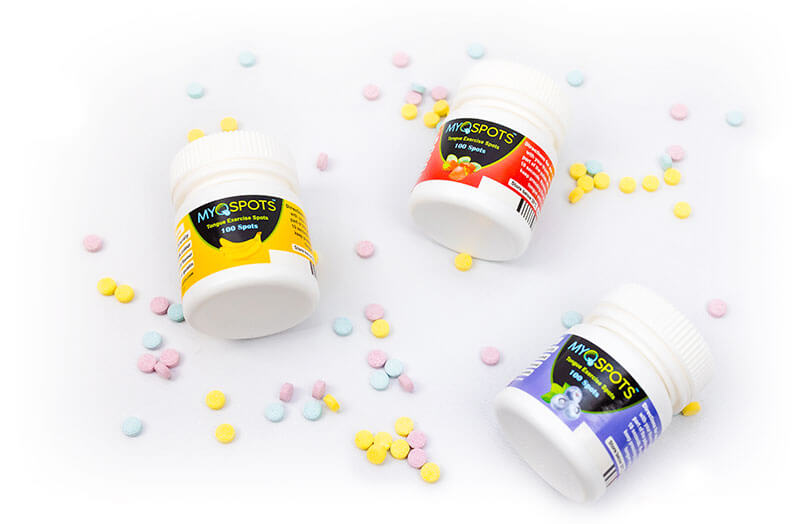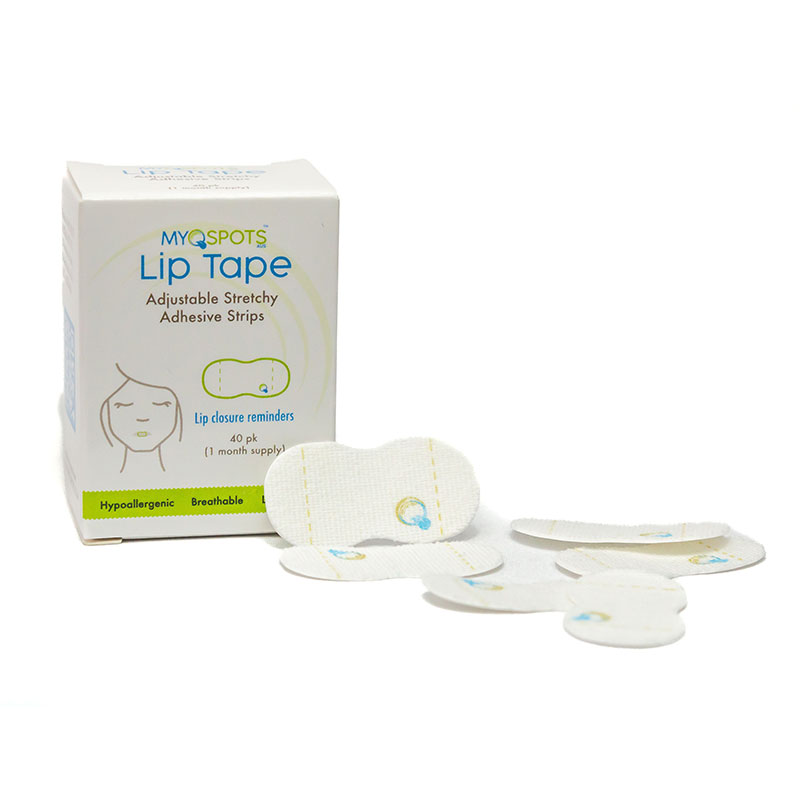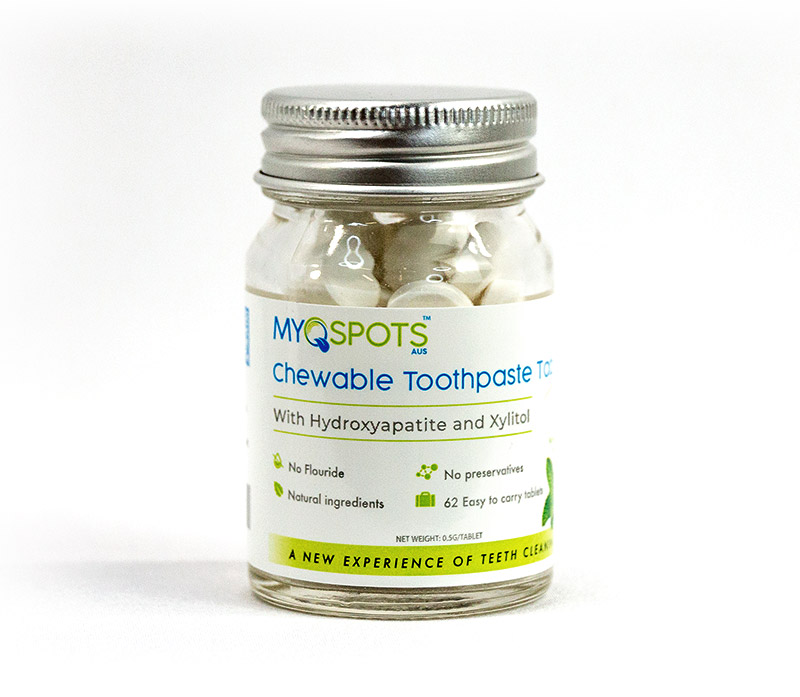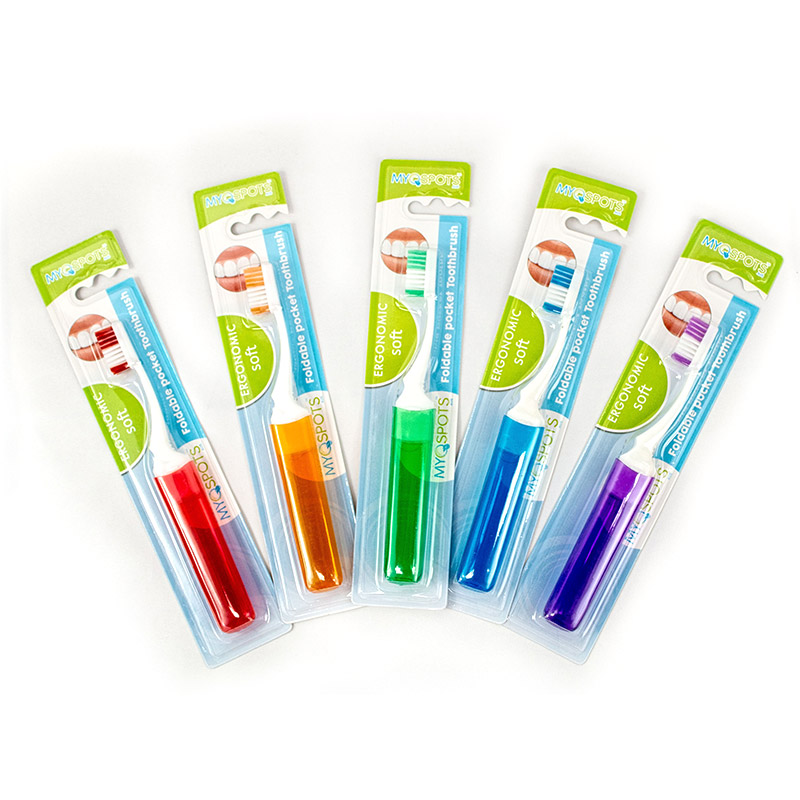Mouthbreathing is linked to many adverse health outcomes in both adults and children. It’s also a key factor in snoring.
If you’re keen to improve family health and get a good night’s sleep, please explore our nasal breathing range.



Dentists recommend brushing your teeth at least twice daily to maintain optimum dental and oral health, remineralise teeth and prevent tooth decay. However, most modern toothpastes and dental care products contain chemical ingredients that may have an adverse effect on your health upon prolonged use. This is why Myospots designed this new range of dental care products that are made of safe, natural ingredients. Our products range is fluoride and sodium lauryl sulfate (SLS) free and contain natural nano-hydroxyapatite as the main active ingredient to remineralise teeth enamel.




See what our clients are saying
The correct tongue position is important during jaw development, breathing and can influence whole body posture. Myospots are a game changer in my orofacial myofunctional therapy clinic. They are an effective reminder for patients to keep their tongue lightly suctioned in the palate, very easy to apply and the flavouring certainly help with compliance.
I love Myospots! They are exactly what I was looking for. They are the perfect size so no more guessing for the patients on how much to use. They STICK!! No more of the putty sticking to your finger. The flavor is great too! Thank you Myospots for such a great product!!
I have been using Myospots with my clients for several months now and I have been very pleased with this product. Clients’ compliance and acceptance is better than with the alternatives available.
I just wanted to say that I love the Myospots. They are easy to apply, stick well and last a good hour or more.. Great job!
Myospots are listed as a class-1 medical device with the Australian Register for Therapeutic Goods (ARTG-326829) and have a European GPSD (General Product Safety Directive) certificate.

© 2024 Myospots | Privacy Policy | All Rights Reserved | SEO and Web Design by: Splice Marketing